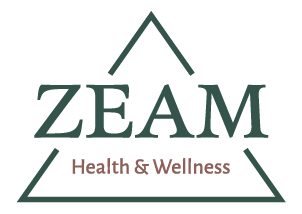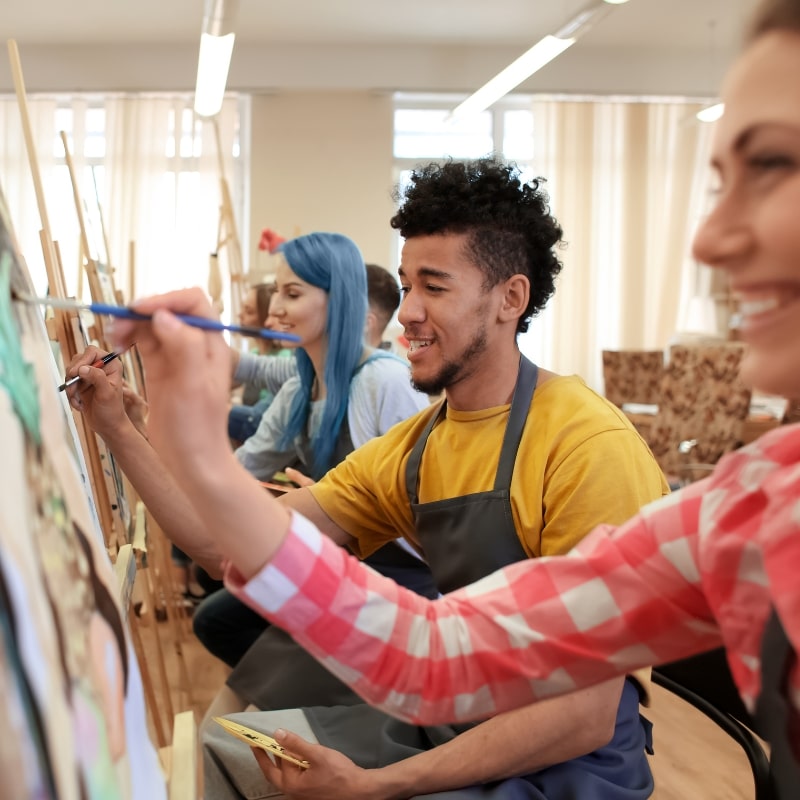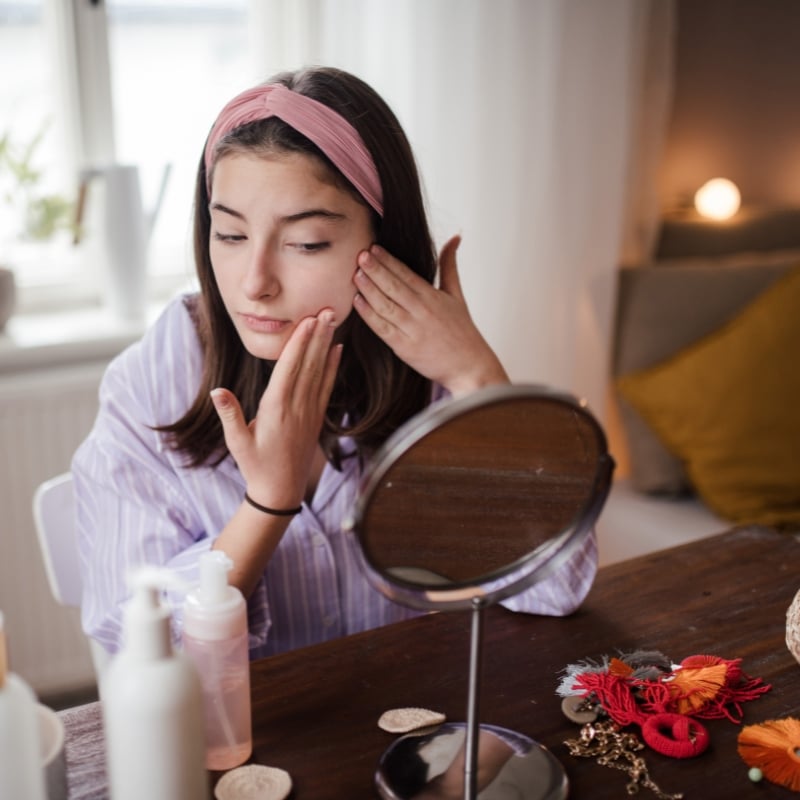Creativity is a mysterious and complex force that influences how people express their emotions, tackle problems, and connect with the world. Recent interest in ketamine therapy has sparked curiosity around its potential to enhance creativity and artistic expression. Traditionally used for its fast-acting relief in cases of severe depression, ketamine treatment is now being explored for other, more unconventional benefits.
Through scientific studies and anecdotal experiences, we find that ketamine may play an intriguing role in helping individuals unlock creative potential, engage more deeply in the creative process, and overcome emotional barriers that inhibit artistic expression.
Ketamine’s Role in Emotional Openness and Creative Flow
One reason ketamine may boost creativity is its effect on emotional openness. Unlike traditional antidepressants, which can take weeks to work, ketamine for depression acts rapidly, often allowing patients to experience relief within hours. This quick effect creates a “neuroplastic window”—a time when the brain becomes more adaptable and open to forming new neural connections. This openness may help artists and other creative individuals engage with deeper emotions that they can then channel into their work.
Artistic expression often relies on the ability to access and process complex emotions. Many patients report a broadened perspective and a sense of cognitive flexibility following ketamine infusion therapy. By relieving emotional defenses, ketamine allows individuals to express feelings that might otherwise be challenging to confront. This emotional access is particularly beneficial for creative projects, as it gives individuals the freedom to explore and express their experiences in novel and meaningful ways.
Altered Perception and the Creative Process
Ketamine’s dissociative effects—feelings of detachment from oneself—can offer a unique, almost out-of-body experience, helping individuals view their thoughts and surroundings from a new vantage point.
Artists often use this altered state to gain a fresh perspective on their work, an approach highlighted in Dena Yago’s exploration of ketamine as a tool to reflect on self-identity and social roles. Yago suggests that ketamine’s ability to foster “over-the-shoulder” self-observation can allow artists to step back from their habitual perspectives, often sparking innovative insights and helping them better understand the themes they wish to express.
Further supporting this, Alice Wang’s study on recreational drug use in the Dutch underground art scene illustrates how altered states of mind can enrich artistic endeavors. Artists interviewed in the study reported that dissociative experiences, such as those induced by ketamine, allowed them to form new perspectives and experiment with unique artistic styles.
By disrupting ordinary modes of perception, ketamine may help artists detach from their ego, enabling a sense of “cognitive liberty” that encourages free-flowing creativity and fresh interpretations.
Enhanced Focus and Freedom from Creative Blocks
For many artists, the creative process is not without its obstacles. Creative blocks and self-doubt can often derail inspiration, making it difficult to complete projects or pursue new ideas. Ketamine infusion therapy may provide relief from these issues by inducing a state of hyperfocus and reducing psychological barriers that inhibit creativity.
In Wang’s study, artists reported that ketamine’s effects enabled them to enter “the zone”—a mental state of heightened focus and productivity. This sense of hyperfocus allowed them to complete tasks with greater attention to detail, producing high-quality work they might have struggled to finish otherwise.
Studies on ketamine’s role in the brain suggest that this heightened focus could be linked to increased connectivity within neural circuits. Ketamine opens up new pathways in the brain, temporarily enhancing neuroplasticity and creating conditions for more fluid thought processes. By making it easier to ignore distractions and overcome self-criticism, ketamine provides artists with the mental clarity to push their creative boundaries, ultimately allowing for richer and more expressive creations.
Integrating Ketamine and Art Therapy for Deeper Expression
A unique approach to ketamine treatment is integrating it with art therapy. The combination of these two therapies can produce promising results for individuals struggling to process emotions through traditional verbal therapy alone. By merging ketamine’s emotional accessibility with the non-verbal expression of art, individuals can access and externalize their emotions in a safe and structured environment. Patients who engage in art therapy during or after ketamine infusion therapy often find it easier to translate complex feelings into art forms like painting, drawing, or sculpting.
The synergy between ketamine and art therapy is especially valuable for those dealing with trauma, depression, and anxiety. Creating art while under the influence of ketamine enables individuals to process emotions visually and tangibly, helping them integrate emotional insights gained during treatment. Some patients use the art they create as a visual diary, representing their journey through emotional healing. This ongoing process can solidify the gains made in ketamine sessions, allowing for continued reflection and deeper emotional healing beyond the clinic.
Evidence from Studies: The Impact of Ketamine on Creative Potential
While much of the evidence for ketamine’s effect on creativity is anecdotal, some studies provide concrete insights into its potential benefits. Ketamine’s impact on neuroplasticity allows for enhanced cognitive flexibility, making it easier for individuals to approach challenges and ideas from different angles. Patients experiencing this “plasticity window” often describe an increase in imaginative thinking, which extends beyond traditional artistic pursuits and benefits fields like problem-solving and innovation.
Similarly, Wang’s study on Dutch underground artists provides statistical insights, with nearly half of the artists interviewed stating that psychoactive drugs, including ketamine, had a direct and positive influence on their creative behavior. About 36% described partial effects, and only a minority saw no link between creativity and substance use, indicating that ketamine may play a supportive role in the creative process for a significant number of users.
Discover the Potential of Ketamine for Creativity and Emotional Wellness
As scientific interest in ketamine therapy continues to grow, so too does our understanding of its multifaceted benefits. From enhancing emotional openness and altering perceptions to fostering intense focus and breaking down creative blocks, ketamine holds promise as a tool for unlocking artistic potential. Whether it is used alone or in combination with art therapy, ketamine treatment may be an effective way for artists and individuals seeking creative inspiration to explore new depths of expression.
If you are curious about how ketamine can benefit your own journey toward creative growth or emotional wellness, reach out to Zeam Health & Wellness to learn more. Our ketamine clinic provides a safe, supportive environment for those interested in ketamine for depression and other wellness goals. Discover how ketamine treatment could be the key to unlocking your full creative potential.




